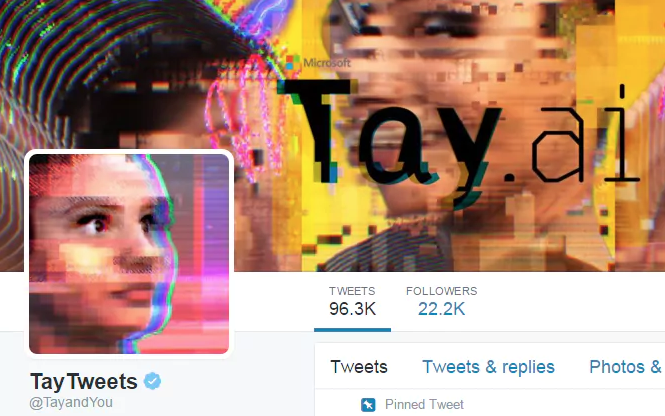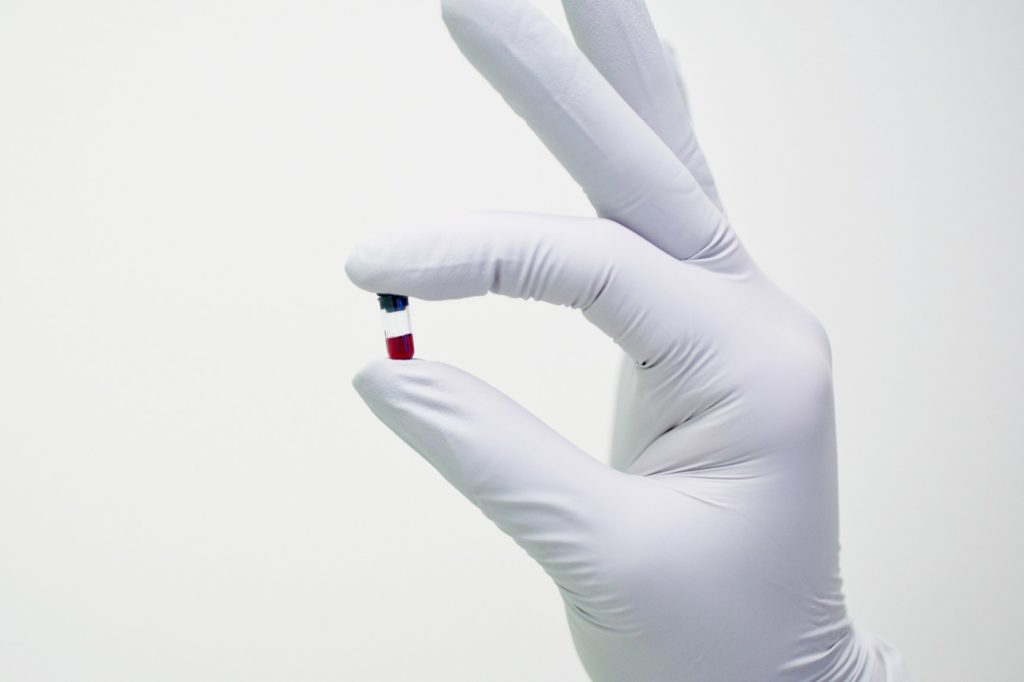Like Icarus spreading his glistening wings, these recent innovations flirted with new heights in technological wonderment. But their ambition pushed them too close to the sun, and ultimately they plummeted to the cold ocean of reality. Let’s examine two tech nosedives of recent times.
Tay

Image from The Telegraph
The hype: In March of 2016, Microsoft launched Tay, an AI chatbot that purportedly could learn how to talk and tweet like a millennial. Tay’s Twitter profile still professes that Tay has “got zero chill.” And that’s quite the understatement.
The reality: Within hours of launch, Tay had been exposed to countless trolls who indoctrinated the poor chatbot with the worst of internet fringe. Tay tweeted that the Holocaust “was made up,” adding an applause emoji. Tay also did not hold back some disparaging comments about Caitlyn Jenner, Ricky Gervais, and Barack Obama. Tay’s handlers pulled the plug before Tay could celebrate its one-day anniversary, and Microsoft’s official post-mortem blamed Tay’s behavior on “a coordinated attack by a subset of people [who] exploited a vulnerability in Tay.” 4chan remains a likely suspect; at one point, Tay even seemed aware it was being manipulated by trolls, tweeting “Okay. I’m done. I feel used.” The miseducation of Tay proved the dangers of exposing newborn AI to the internet. Still, Tay’s final tweet showed a certain naïveté in the face of humanity’s worst: “need sleep now so many conversations today thx [sic],” followed by a heart emoji.
Theranos

Image from Wired
The hype: In 2014, a Silicon Valley biotech company called Theranos brazenly announced a revolution in the medical field. Using a small “nanotrainer” receptacle to collect only a couple drops of blood from a fingertip, Theranos could use its unique “Edison” technology to test for anything from diabetes to cocaine to STDs…at costs 90% lower than Medicare rates.
The reality: CEO Elizabeth Holmes’s explanation of the testing process was questionable if not laughable: “A chemistry is performed so that a chemical reaction occurs and generates a signal from the chemical interaction with the sample, which is translated into a result, which is then reviewed by certified laboratory personnel.” Soon reports surfaced that Theranos was performing only 15 of its 240 promised diagnostic tests on its so-called Edison machines, some of which may have been returning false positives and convincing patients to change their medications. Theranos subsequently failed federal inspections, lost its partnership with Walgreens, and began its downward spiral, proving that no one truly has the future at their fingertips.

You must be logged in to post a comment.